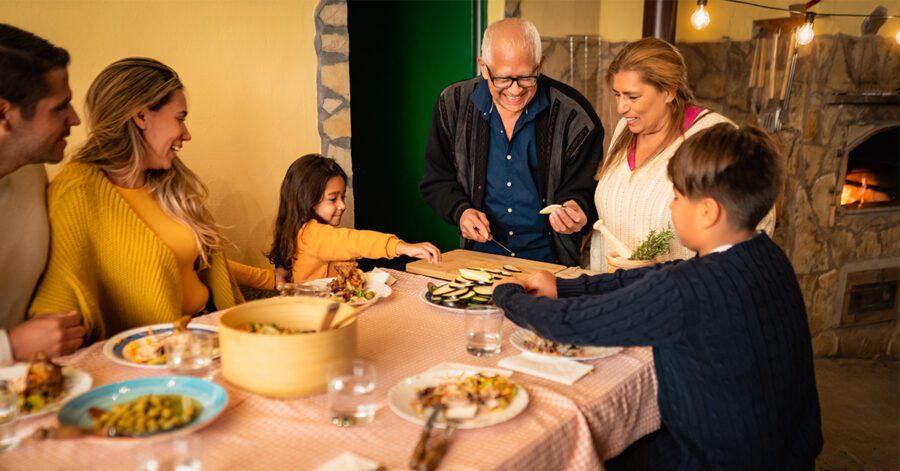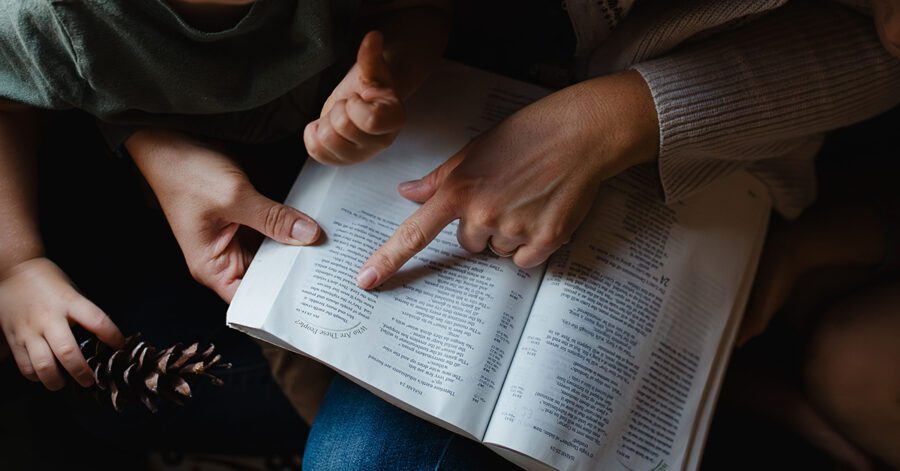Ever wish you could write a letter to your younger self or go back and take the lessons you’ve learned and use them when your kids were younger? Well, that’s me! Here are three homeschool tips I’ve learned after eighteen years of homeschooling my two oldest children and the changes I’ve made ten years later with my youngest.
The Do-Over: Homeschool Tips from a Returning Mom
My first two children made it through their homeschooling experience alive and (more-or-less) intact. My oldest graduated from college and is married. Meanwhile, my daughter is graduating this May and going to college in the fall. Both are happy and on a path toward their life’s purpose. Still, over the years, I’ve made plenty of mistakes—I’m only human!
But I have the rare opportunity for a do-over. There’s a ten-year gap between my secondborn child and my third, and now I’m starting the homeschooling (and parenting) journey all over again. There are things that I wish my younger self knew back then that would have made life and homeschooling much easier, and I’m thankful I can apply these lessons with my youngest son now.
Tip #1: Learn in Layers
One of the amazing things about homeschooling—especially with Classical Conversations—is that we learn in layers: everything students learn in their early years will be brought back up again and again. For example, I now know that we will have ample time to come back and learn about the Cold War and thermodynamics later. I don’t worry that my seven-year-old doesn’t quite grasp those concepts just yet. There’s time to do more activities and experiments when we revisit this cycle.
I rest in the fact that each Foundations cycle makes it possible to pick a few topics the first time around, so that the next time, when he’s ten, we can do even more with them!
I’ve learned to keep everything super simple by staying in the grammar stage. Don’t try to overdo it. Embrace the trivium and stay in the appropriate stage of learning—the grammar stage, in my son’s case. Work on memorization, recitation, and narration. Sing songs and play games while learning the basics. Don’t do it all now. Save some for the next trip through the cycle. This has reduced so much frustration for both my son and me.
Tip #2: Stop Comparing Yourself to Others and Find Your Own Joy
When I was homeschooling my younger children, I thought I had to do things a certain way. Fortunately, we didn’t have Instagram (and social media was new), because I really can’t imagine how much harder homeschooling would have been for me with that added pressure. I already felt hounded by books, friends, YouTube, and the beginning of Facebook. I wanted my home school to look like others’ and worked hard to set up my space, spending money I didn’t have at Ikea because if I had it set up just right and beautiful enough, then we would be successful—according to the voice in my head, at least.
The same was true for our schedule. Video after video, I’d see these moms do their “day in the life of our homeschool” routine, and I just felt defeated. I had to work my day around my own personality, the personality of my children, and the fact that I hate mornings. And—you know what?—that’s okay too. I’ve learned that there is no perfect day, but I can make each day feel as peaceful as possible and that’s the important thing. That’s what I felt in those videos I watched. Peace. Quiet. Stillness.
Don’t worry about the little things. It’s okay that puppy just chewed up your kid’s soccer cleats. It’s okay that the bathroom looks like three toddlers were let loose (because, hey, you have three toddlers). It’s okay that Bible time, math, and phonics look like herding cats in a mouse factory. Here’s what matters: Are you at peace inside? Do you emit joy in the midst of chaos? Because your children won’t remember that the bathroom was spotless, but they will remember that you always grabbed them up and covered them in kisses and snuggled on the couch when it was time to read a Bible story.
Tip #3: Follow “Easy Plus One”
With my first two kids, I had all these lofty goals, and frankly, most of them were not realistic. The pace I set for them was too fast and filled with stuff they didn’t enjoy. Now I know that the important thing is to put the important things first. I learned the “easy plus one” technique from Andrew Pudewa—every learning activity should be easy except for the last, when the difficulty should be ramped up a level—and that’s something that carries over into all my homeschool subjects now. Now I ask: Where are we? What’s the next thing we need to accomplish?
Make small goals and keep your focus on that. When we try to stack too many things, we lose sight of what is important. For me, it’s currently teaching my son to read. I’ll only frustrate myself if I add so many other activities that we don’t have our focus on his reading. Keeping that focus lightens the load on my son and the pressure on myself.
Gentle Reminders for Moms with Littles
If you’re a mom with littles all around trying to succeed at this homeschool thing, do yourself a favor. Write down what’s important to you. What are your goals for your children over the next few months? Maybe it’s learning to tie their shoes, read, or count to ten. Maybe it’s bigger, like learning to write a paper, give a speech, or learn Latin. No matter what, remind yourself to focus on “easy plus one,” to make your journey your own and find joy in it, and to remember that we learn in layers. Then grab your kids, cover them in kisses, snuggle on the couch, tell them they have your undivided attention for the next hour . . . and see what happens.
I hope these homeschool tips from a returning mom help you and your family out!
Not yet a Classical Conversations member and interested in our community-based approach to homeschooling? We’d love to hear from you! To learn more about us, click here.




